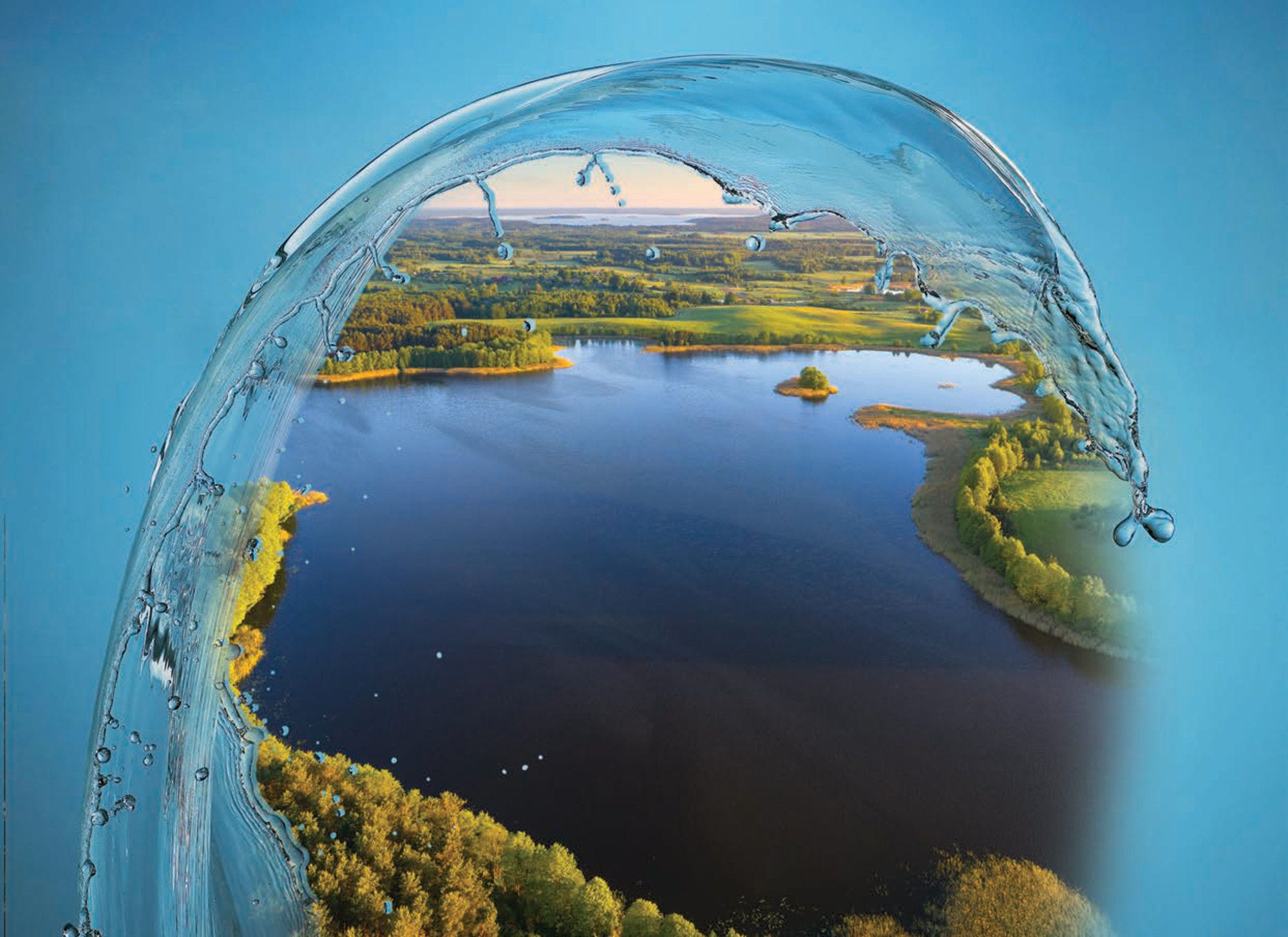This publication provides the results of collaboration on water security between the Republic of Belarus (hereafter “Belarus”), the OECD and its partners implementing the EU-funded EU Water Initiative Plus project. As such, it is the most recent chapter in the OECD’s long history of engagement on water-related issues in the region of Eastern Europe, the Caucasus and Central Asia (EECCA). The OECD has supported the EECCA countries since the early 1990s as they transitioned towards market economies following the disintegration of the Soviet Union. The OECD has provided guidance and expertise on strengthening water management as a major aspect of building greener economies and safeguarding long-term water, food and energy security. Its work has helped improve environmental and water management policies and facilitated the integration of environmental considerations into broader reform agendas.
However, OECD engagement on water-related topics in Belarus began later than in most other countries in the region. National Policy Dialogues (NPDs) on water, an important component of the OECD’s efforts to support reform, began in most EECCA countries between 2006 and 2013,1 whereas Belarus’s journey towards launching an NPD began in 2018. Despite a slightly later start, the OECD’s collaboration with Belarus has proven particularly productive in recent years. It has generated in-depth analysis on a wide range of topics related to water resource management and water security.
The European Union Water Initiative Plus for the Eastern Partnership (EUWI+), which began in 2016, has provided the impetus for closer collaboration with Belarus. The project was designed to support water resource management reform in all six Eastern Partnership (EaP) countries: Armenia, Azerbaijan, Belarus, Georgia, Moldova and Ukraine. The EUWI+ includes the OECD along with the UN Economic Commission for Europe (UNECE), the International Office for Water (IOWater) and the Austrian Environmental Agency (UBA) as implementing partners. The OECD and UNECE have been strategic partners for many years facilitating water NPDs in the EaP and wider EECCA region. However, EUWI+ presented an opportunity to work closely with a consortium of EU member states. This has provided a number of benefits for the project architecture, notably the blending of national-level policy reform recommendations with practical application of EU expertise in water management.
The EUWI+ aims to harmonise EaP country legislation with EU Water Framework Directive and other water-related directives in several ways. First, it will strengthen legislation, policy development and institutions. Second, it will modernise laboratory and monitoring systems. Third, it will help develop and implement river basin management plans (RBMPs). Fourth, it will improve data and information management on water resource management. The EUWI+ also aims to strengthen local capacity and improve communications, not least with civil society.
This publication clearly reflects these objectives, drawing upon the results of recent work with Belarus on water security issues on various levels. These include the national level (e.g. Strategy of Water Resource Management in the Context of Climate Change for the Period until 2030, which establishes water security as the country’s main overarching policy objective), the subnational level (e.g. case studies in subnational jurisdictions such as Kopyl rayon of Minks oblast and several rayons of Gomel oblast) and the transnational level (in transboundary river basins). This publication synthesises the work from all EUWI+ implementing partners and outlines opportunities for future collaboration.
The Eastern Partnership region is bound together by its many transboundary water courses, and also by its shared inheritance of Soviet-era infrastructure and governance systems. While the region faces considerable risks to the quality and quantity of its water sources, these commonalities offer opportunities for policy exchange and peer learning. As such, the findings here provide lessons applicable beyond Belarus’s borders, including but not limited to the other countries of the EaP region.
Chapter 1 situates this publication in the context of Belarus’s overarching policy objective to ensure water security and briefly outlines the main results of EUWI+ work in this domain. As all readers may not be familiar with Belarus, Chapter 2 provides an overview of the composition and distribution of the country’s water resources, including the particular challenges facing different regions (oblasts) of Belarus. Chapter 3 lays out the policy responses to the problems identified in Chapter 2 within the context of Belarus’s new Strategy of Water Resource Management in the Context of Climate Change for the Period until 2030. Chapter 4 concludes with an assessment of potential ways to boost water security in Belarus by supporting the country’s ongoing reform agenda.
The OECD Environment Directorate prepared this report in co‑operation with UBA, IOWater and UNECE – its EUWI+ implementing partners. The lead author was Douglas Herrick under the guidance of Matthew Griffiths and Alexandre Martoussevitch (all from the OECD Environment Directorate). Other contributing authors included Alexander Belokurov, Alisher Mamadzhanov and Nataliya Nikiforova (all UNECE), Paul Haener and Philippe Séguin (IOWater) and Alexander Zinke (UBA). The authors benefited from the comments of Snezhana Dubianok, Vladimir Korneev and Aleksandr Stankevich (Central Research Institute for Complex Use of Water Resources of the Republic of Belarus). Mark Foss edited the report and Lupita Johanson prepared it for publication.
